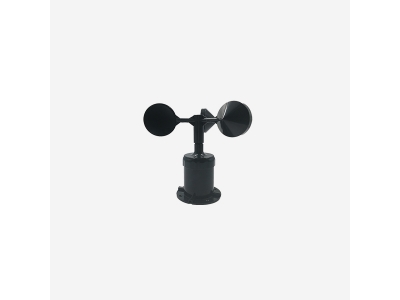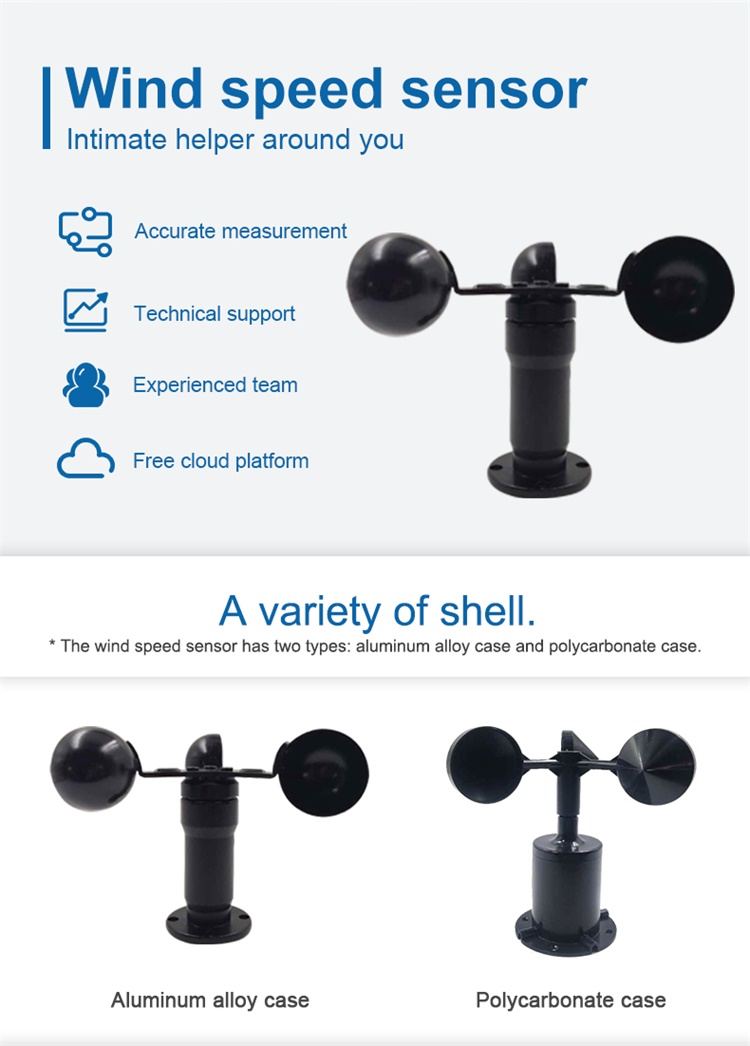
How does an anemometer work?
An anemometer is a meteorological instrument used to measure wind speed and pressure. It is essential for meteorologists who study weather patterns and physicists who study air movement.

An anemometer is a meteorological instrument used to measure wind speed and pressure. It is essential for meteorologists who study weather patterns and physicists who study air movement.
An anemometer is a meteorological instrument used to measure wind speed and pressure. It is essential for meteorologists who study weather patterns and physicists who study air movement.
But anemometers can also be used in engineering, aviation and many other fields.
From early wind measuring equipment to modern instruments
The history and development of anemometers dates back to the 1450s, when the Italian artist and architect Leon Battista Alberti developed his theory of a device for measuring wind speed.
Alberti's invention was a mechanical anemometer with a disk perpendicular to the wind direction.
The Angle of inclination of the disk indicates the wind speed.
This design was improved in the 1640s by the Italian scientist Evangelista Torricelli, who added a barometer to measure air pressure.
In the 18th century, the English scientist John Dalton used a simple anemometer with four hemispherical cups to measure wind speed.
In the 1840s, Irish researcher John Thomas Romney Robinson tweaked his invention and invented the hemispherical cup anemometer.
The instrument consists of four hemispherical cups connected by horizontal arms.

The cups rotated horizontally with the wind while a combination of wheels recorded the number of revolutions in a given time.
In the 20th century, anemometers became increasingly sophisticated and versatile.
The first electronic anemometer was invented in the 1930s. It used a thermocouple to measure wind speed.
Today, anemometers can be found in various sizes and shapes.
They are used in a broad range of applications, including weather forecasting, aviation, and renewable energy.
The history and development of anemometers have been marked by several innovations and improvements, from early mechanical designs to modern electronic instruments.
Nevertheless, one thing never changed - anemometers continue to be an essential tool for understanding and predicting weather patterns.
Wind measuring gadgets come in a variety of shapes and sizes.
The are three main types of anemometers;
Cup anemometers;
Vane anemometers;
Ultrasonic anemometers;
Cup anemometers are the most common type of anemometer.
They consist of three or four cups attached to horizontal arms, which rotate with the wind.
The speed of the cups is used to calculate the wind speed.
Cup anemometers are often used in weather stations and ships, as they are simple, reliable, and relatively inexpensive.

Vane anemometers, also known as wind vanes, are similar to cup anemometers but use a vertical vane instead of cups.
The vane rotates with the wind, and the angle of the vane is used to calculate the wind speed.
Vane anemometers are often used in aviation and meteorology as they are more sensitive and accurate than cup anemometers.
But they can also be seen in windsurfing, kiteboarding, and sailing in general.
Ultrasonic anemometers use sound waves to measure wind speed.
They emit a sound wave and measure the time it takes for the sound wave to travel to and from a target.
The speed of the wind is calculated based on the time it takes for the sound wave to travel a known distance.
Ultrasonic anemometers are often used in wind turbines and meteorology.
An anemometer typically consists of three to four cups or vanes attached to horizontal arms, which are, in turn, attached to a vertical rod.
As the wind blows, it causes the cups or vanes to rotate - the stronger the wind, the faster the cups or vanes will rotate.
This causes the vertical rod to spin.
The speed of the wind can be measured by counting the number of rotations of the cups or vanes in a specific amount of time.
This is typically done using a "wind speed meter" or a "wind vane," which is connected to the anemometer and records the number of rotations over a given period.
The wind direction can be determined by the direction the cups or vanes are facing when they are not rotating.